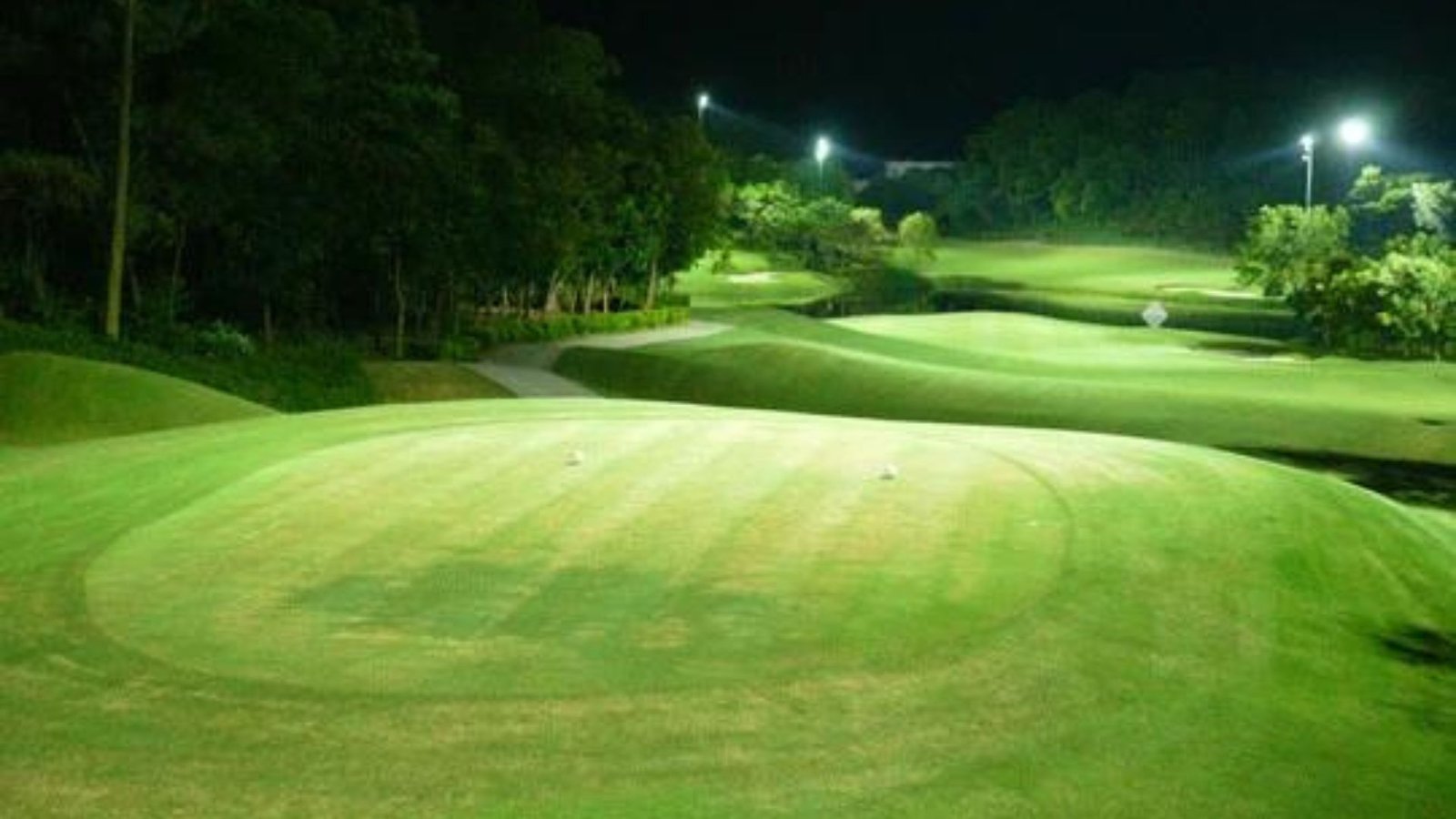When it comes to enhancing the overall experience on a golf course, lighting plays a crucial role. Proper techniques for golf course lighting not only ensure that players can continue enjoying the game after sunset but also add to the aesthetics of the course. In this article, we’ll discuss the top techniques for golf course lighting that can transform a golf course into a beautifully illuminated space, making it both functional and visually appealing.
Understanding the Importance of Golf Course Lighting
Before diving into specific techniques, it’s important to understand why golf course lighting is essential. Good lighting enhances visibility, allowing players to clearly see the course, the ball, and other players, ensuring safety and enjoyment. Additionally, the right lighting can highlight the course’s features, creating an inviting ambiance that draws players in even after dark.

Explore Top Gaming Options at Best NZ Online Casinos
If you’re interested in exciting entertainment beyond the golf course, best nz online casinos provide thrilling games and great rewards for players across New Zealand.
Use LED Lighting for Efficiency and Longevity
One of the top techniques for golf course lighting is the use of LED lights. LEDs are energy-efficient and have a much longer lifespan compared to traditional lighting options. This makes them an ideal choice for large areas like golf courses. LED lights also offer better brightness and color consistency, ensuring that the course is evenly illuminated. Their energy efficiency translates to lower operating costs, which is a significant advantage for golf course operators.
Strategic Placement of Lights
Strategic placement of lights is another crucial technique for effective course lighting. Lights should be positioned in a way that minimizes shadows and provides uniform illumination across the course. For instance, placing lights at elevated points can help cover larger areas and reduce the number of fixtures needed. It’s also important to ensure that lights are positioned to avoid glare, which can distract or even temporarily blind players.
Focus on Key Areas
Not all parts of the golf course require the same level of lighting. Focusing on key areas such as tee boxes, fairways, greens, and pathways is one of the effective techniques for golf course lighting. These areas need to be well-lit to ensure players can clearly see where they are aiming and walking. By concentrating on these essential spots, you can achieve efficient lighting without over-illuminating the entire course.
Incorporate Accent Lighting for Aesthetics
While functional lighting is critical, accent lighting can add an aesthetic dimension to the golf course. This technique involves using softer lights to highlight landscaping features such as trees, water features, and sand traps. Accent lighting enhances the visual appeal of the course and creates a pleasant atmosphere, making the course attractive for evening events or nighttime play.
Use Dimmable Lighting Systems
Dimmable lighting systems are a flexible and efficient technique for course lighting. These systems allow you to adjust the brightness of the lights according to the time of day or the specific needs of the event. For example, brighter lights may be necessary during night tournaments, while softer lighting might be preferred for evening relaxation on the course. The ability to dim lights also helps in conserving energy, further reducing operational costs.
Consider Solar-Powered Lighting
Solar-powered lighting is an eco-friendly technique that is becoming increasingly popular for golf courses. These lights harness energy from the sun during the day and use it to power the lights at night. Solar lights are not only sustainable but also reduce the need for extensive wiring and electrical infrastructure. This can be particularly useful in remote areas of the course where running electrical lines might be challenging.
Integrate Motion Sensors for Efficiency
Incorporating motion sensors into your course lighting system is another smart technique. Motion sensors can activate lights only when players are in the vicinity, which helps in saving energy. For example, sensors can be installed along pathways or near less frequently used areas of the course. This ensures that the lights are only on when needed, reducing unnecessary power consumption.
Regular Maintenance and Upgrades
Even the best lighting systems require regular maintenance and occasional upgrades to remain effective. Scheduling regular checks to ensure that all lights are functioning correctly, and replacing outdated fixtures with newer, more efficient models is a critical technique for golf course lighting. Maintenance also involves cleaning fixtures to remove dirt and debris that can diminish light output.
Precision, Skill, and Engaging Online Experiences
MC Golf Academy focuses on helping golfers improve their skills through expert training and practice. Similarly, digital platforms provide interactive spaces where users can engage, learn, and enjoy immersive experiences. The Jackpotjillvip Online portal embodies this concept, offering a dynamic online environment for entertainment and engagement. Both sports training and digital innovation thrive on precision, skill, and interactive enjoyment.
Conclusion
Implementing the right techniques for golf course lighting can significantly enhance the functionality and appeal of your course. From using energy-efficient LED lights to incorporating accent lighting for aesthetics, these strategies will ensure that your golf course is not only well-lit but also inviting. By focusing on key areas and maintaining your lighting system, you can create a safe, enjoyable environment for players, even after the sun goes down.

